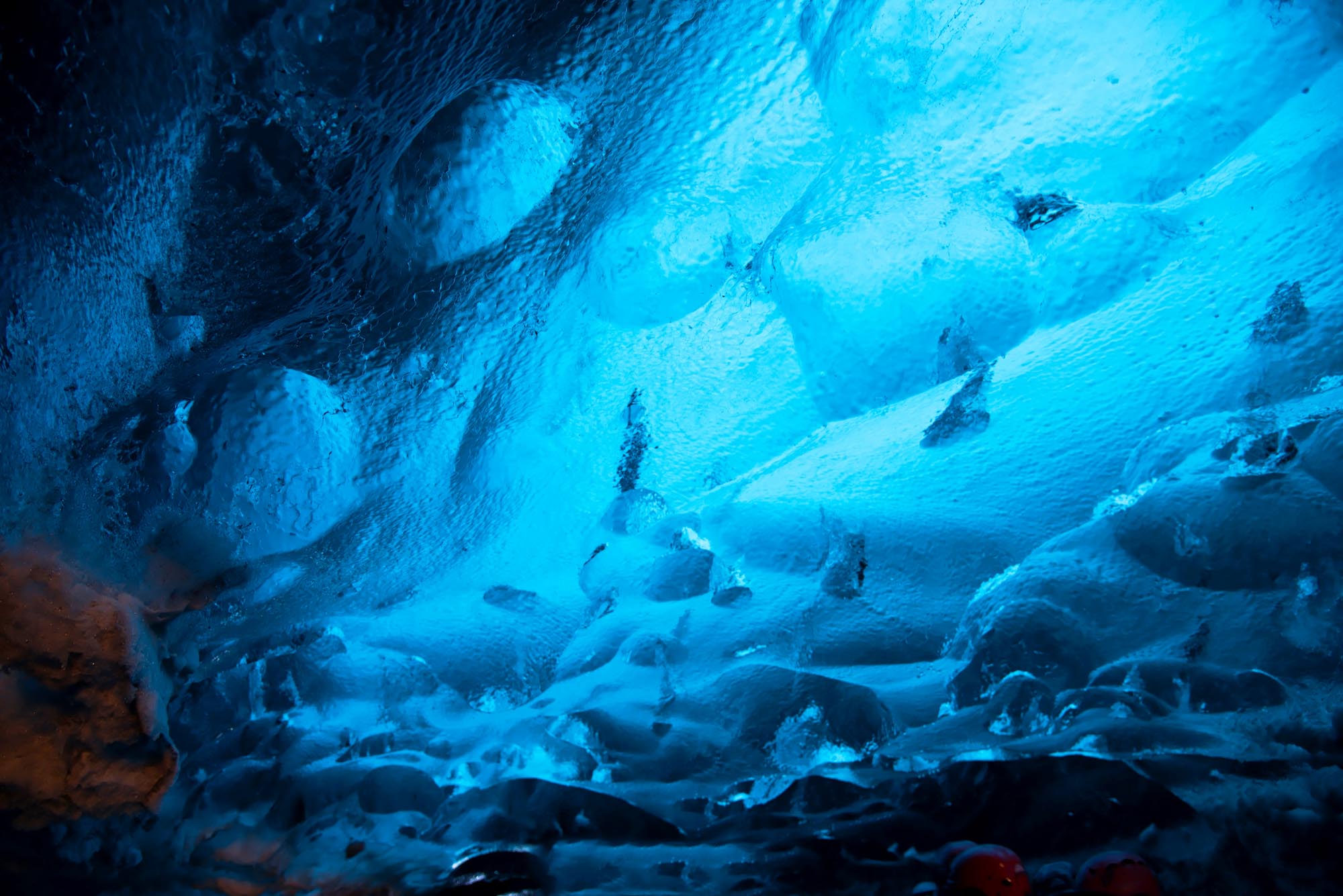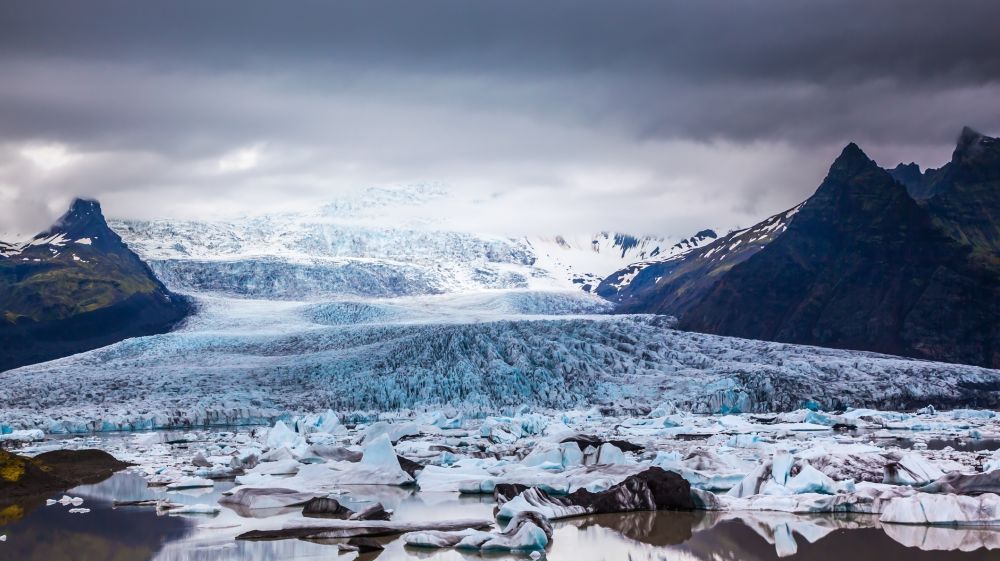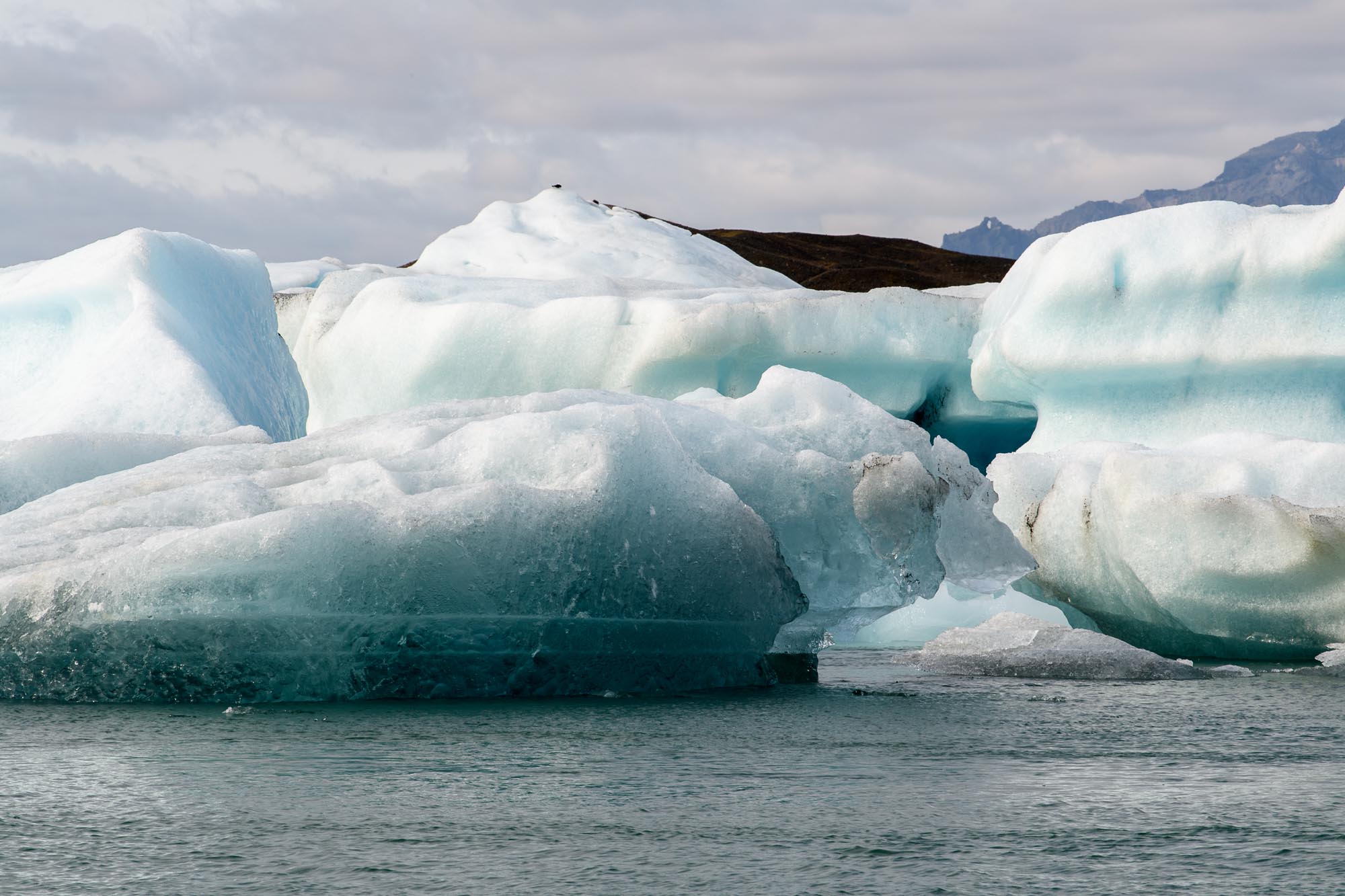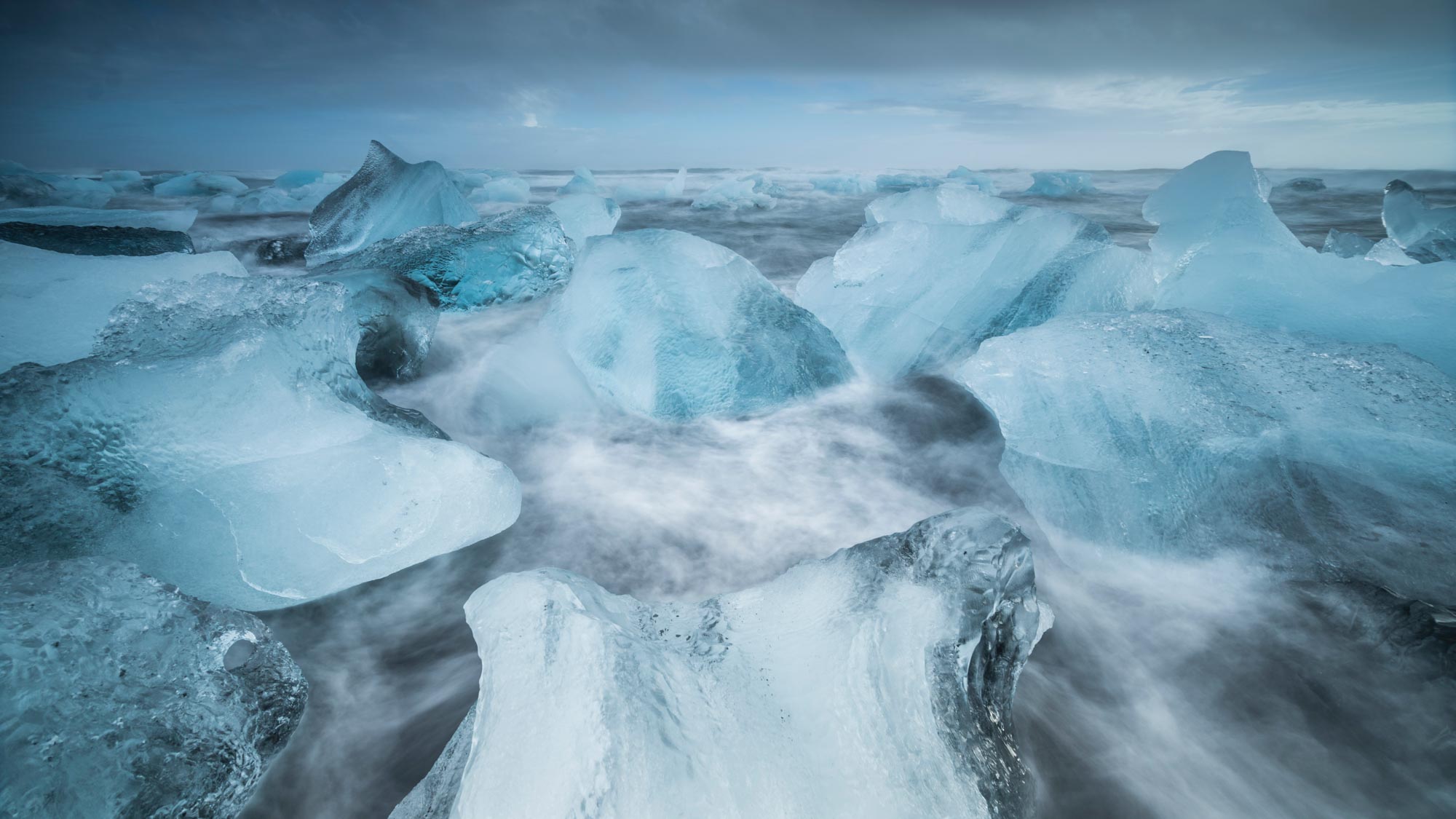Vatnajokull (Vatnajökull) Icecap
Vatnajokull (Vatnajökull) Icecap
Vatnajokull is the biggest icecap in Iceland and Europe. It is over 8000 km2 with a thickness averaging 500-800m. At the end of the last Ice Age, it is believed that Iceland was almost ice-free.
The icecaps of today formed around 3000 years ago and as such are not remnants of the Ice Age. The entire Vatnajokull icecap is protected within the boundaries of Vatnajokull National Park.
Under the icecap, there are seven active volcanoes. Grimsvotn, the most active, erupts on average every 4-5 years and its last eruption was in 2011.
Eruptions can be accompanied by huge meltwater floods or glacial bursts known to geographers by their Icelandic name 'jokulhlaup'.
The last major flood took place in 1996 and cut power lines, destroyed and damaged bridges and the main ring road around Iceland.
Some of the glaciers on the north and west sides of Vatnajokull are prone to glacier surges, when the ice advances rapidly over a period of weeks or months, covering many kilometers with a jumble of broken up ice blocks.
The phenomenon of glacier surge is not fully understood.
The glacier is shrinking and evidence can clearly be seen at the many outlet glaciers where the glacier snouts have receded far from where they used to be.
The most actively receding glacier is Breidamerkurjokull, the glacier behind the famous Jokulsarlon iceberg lagoon, due to the presence of seawater.
Receding ice has led to the formation of glacial lagoons in many places. In some of these lagoons, icebergs calved from the glacier front float, up-end and turn over as they gradually break up and eventually many will drift out to sea.
If the shrinking continues at the same rate, it is believed that Iceland’s glaciers could disappear within a century – perhaps only leaving ice on the highest peaks.





